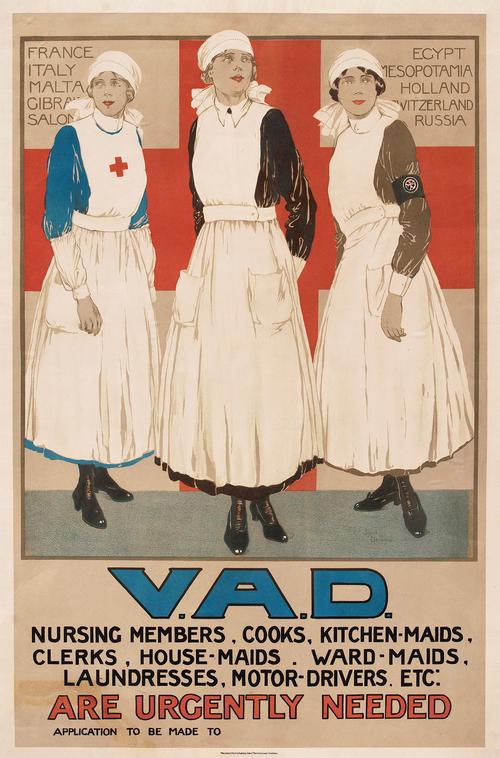
The Spanish Flu Pandemic
Between 1918 and 1920 the world was struck by the Spanish Influenza pandemic, affecting one-third of the world’s population – at least 500 million people. Much of Europe was recovering from the end of the First World War and wartime troop movement was the most likely contributor to its deadliest second wave in Autumn 1918.
Much like the COVID-19 pandemic that deeply impacted the world in 2020, the ‘Spanish Flu’ (named as such because it was widely reported in the Spanish media while other countries suppressed information to protect morale) was a disease transmitted through close contact with others.
Although they are entirely different strains of disease, similar measures were taken by governments worldwide and by individuals almost a century apart. Schools, shops and restaurants closed, restrictions were placed on transportation, social distancing was encouraged and large social gatherings were banned. ‘Flu masks’ were even worn to prevent the disease spreading.
In 1920, the Freud family found themselves directly impacted by the pandemic. On 25 January Sigmund Freud’s daughter, Sophie Halberstadt-Freud, contracted the disease and died aged 26.